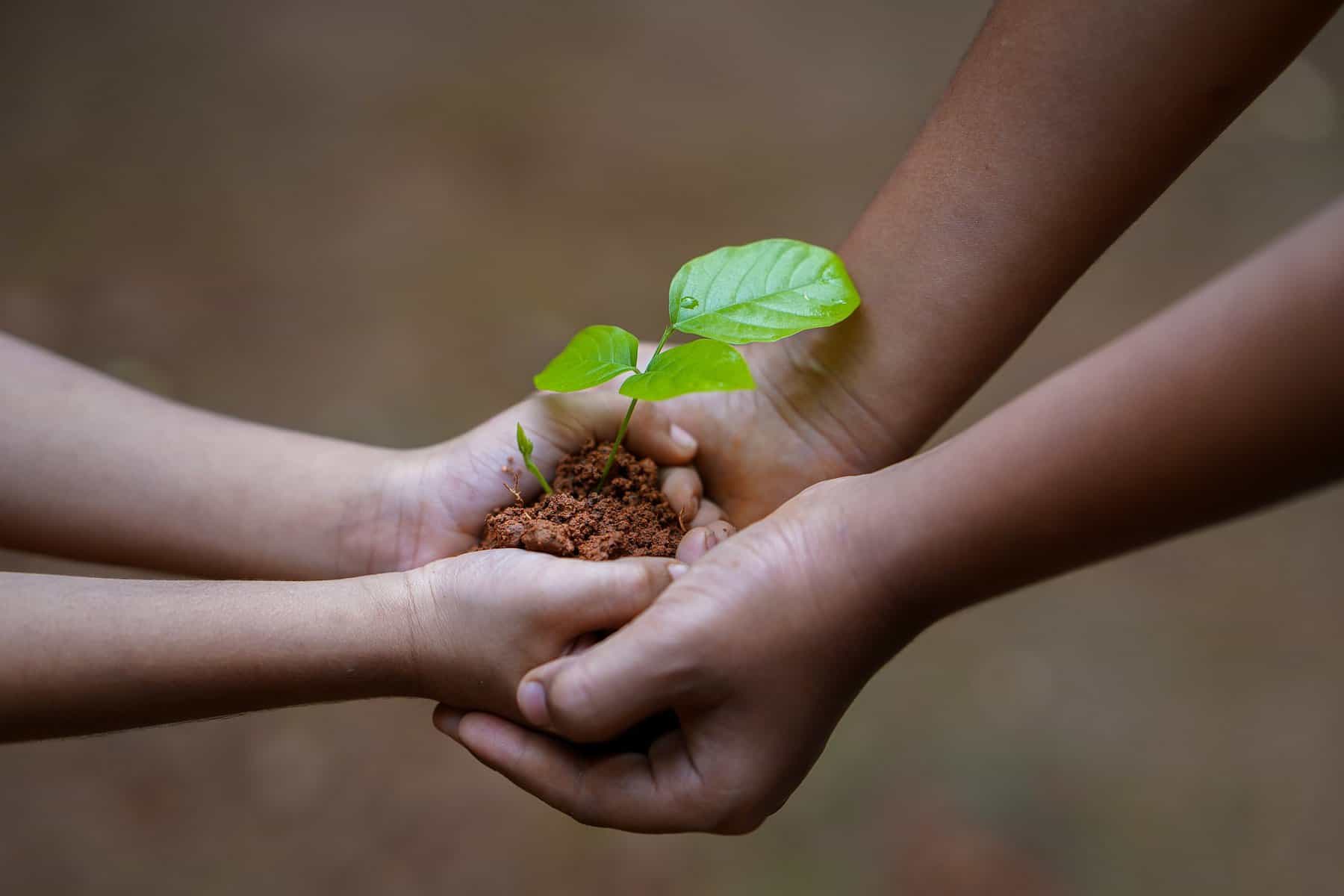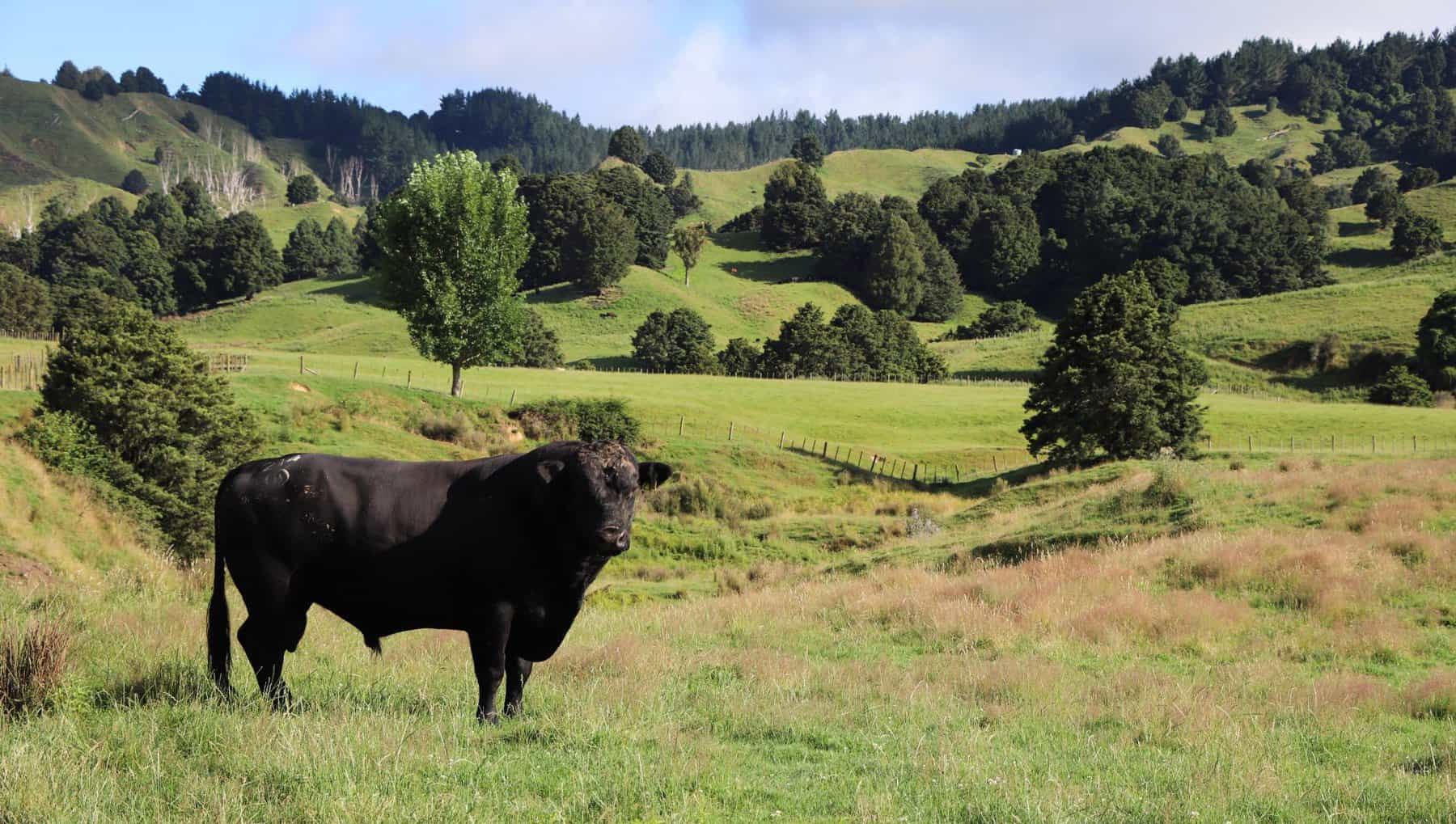April will see a change for Ngā Pī Ka Rere, with Aisling Rayne and Symon Palmer joining Helen Warburton in leadership, while Kathryn McRae steps away. Find out more . . .
Category: News
Maddie Marshall, plant trade network modeller
A big part of our biosecurity system is being prepared – something Maddie Marshall knows all about from her PhD research.
Five new students join Risk Assessment & Ecosystem Impacts
We are welcoming five new students to Ngā Rākau Taketake theme Risk Assessment & Ecosystem Impacts! Meet them and find out more about what they’ll be studying.
Provoking possibilities for stronger relationships with nature
Scientific information tends to be distributed as neatly packaged facts with simplified stories. This can be effective at raising awareness of issues, but it can also make solutions seem simpler than they are – people are then left wondering why change isn’t happening faster.
Stepping up: Mark Harvey joins co-leadership of Mobilising for Action
As we thank Tash for her services in co-leading Theme 2 – Mobilising for Action, we are also excited to welcome Mark Harvey (Mātāwaka no Ngāti Toa) to the co-leadership role! Here’s what Mark has to say about his passion for the theme and what he hopes to accomplish as co-lead.
Stepping down: Natasha Tassell-Matamua moving from co-lead to researcher for Theme 2
Natasha Tassell-Matamua is stepping down as co-lead for Theme 2 – Mobilising for action. But don’t worry, she isn’t going far! She’ll continue in a research capacity for several projects within the theme. Here’s what she has to say about this transition.
Phytophthora agathidicida genome reboot
A team at Massey University, in collaboration with researchers at Scion, Plant and Food Research, Victoria University of Wellington and the University of Oregon, has built what appears to be the first chromosome-level Phytophthora genome assembly in the world.
Alana Thurston, shaking things up for kauri dieback detection
Last year, NRT funding was used to purchase a critical piece of lab equipment – a commercial paint can shaker.
Climate change research in NZ – a particularly useful review
Are you interested in the ecological impacts of climate change in Aotearoa New Zealand? If so, this could be the most useful paper of the decade!
Māori views on pest control: the what, the why, and possible ways forward
In a first-of-its-kind study, Māori respondents show a willingness to engage in novel pest control technologies in order to preserve the interplay between local cultural identity and the distinct ecosystems of Aotearoa.
NZPPI’s Climate Model: The latest tool in the battle against myrtle rust
A suite of tools and information to help plant nurseries manage myrtle rust outbreaks this summer has been released by New Zealand Plant Producers Inc (NZPPI).
Exploring the molecular basis of myrtle rust
Austropuccinia psidii, the fungal pathogen that causes myrtle rust, has a large host range (at least 480 different species to date). How does this pathogen avoid detection by the plant defence mechanisms and successfully invade the plant tissues to gain nutrients from living cells?
Genetic pest controls and how they sit with Māori
Pest control using RNAi or gene editing technologies could be the way forward for eradicating some pests in Aotearoa. But are they socially acceptable?
How to: form a national biodiversity vision
Iwi, conservation groups, farmers, industry, businesses, government and individuals… everyone has options they can take to help reverse the decline of native biodiversity in Aotearoa New Zealand. But which options are best?
New initiative supporting farmers to protect and restore native biodiversity
An innovative new pilot project aims to make it easier for pastoral farmers to protect and restore native biodiversity on their farms.
The Beyond Myrtle Rust story map is here!
We’ve been hard at work articulating and illustrating what we are up to at Beyond Myrtle Rust. Here is our story.















